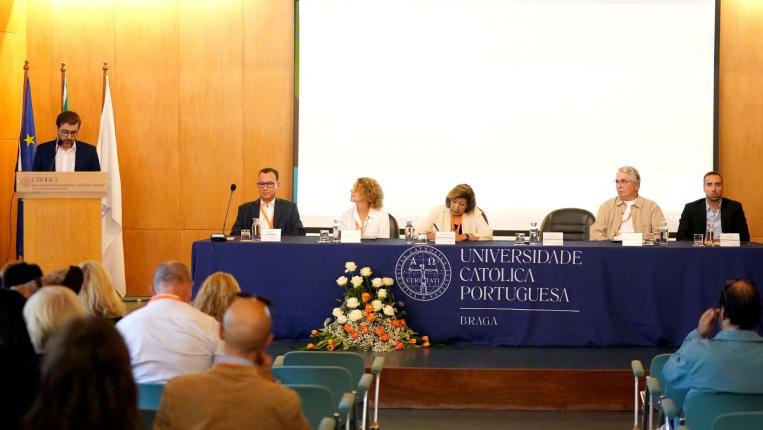Intersubjectivity in grammar: the linguistic codification of interpersonal relationships
The origin of Construction Grammar is associated with the perception that human languages include vast “number” of idiosyncrasy and partial regularity. In other ways, Cognitive Linguistics has, since its inception, emphasized the non-referential aspects of meaning – a concern that eventually led to an interest in the notion of intersubjectivity, understood as the mutual management of joint actions.
Combining these two interests, this presentation proposes a brief tour of a set of three idiomatic constructions of intersubjectivity in Brazilian Portuguese: the construction VER SE (“Vê se aparece!”), the construction of counterexpectation with “bem” (“Ele bem saiu”) and the construction with “Bem que” (“Bem que ela avisou”).
In particular, we will discuss what the study of these patterns can teach in relation to (i) the representation of intersubjective functions in the speaker's grammatical knowledge, (ii) the diachronic development of intersubjective constructions and (iii) intersubjective abilities in people with ASD.
 |
Diogo Pinheiro is a permanent professor at the Graduate Program in Linguistics at the Federal University of Rio de Janeiro. His research combines experimental and observational methods with the aim of investigating the linguistic expression of intersubjectivity in the light of a constructionist approach to linguistic knowledge. |



